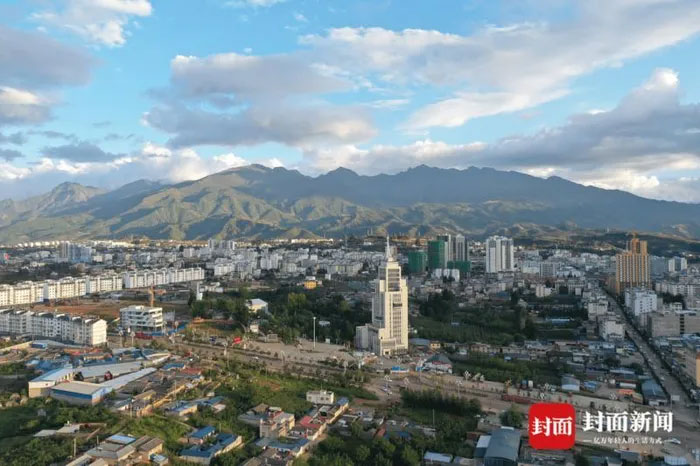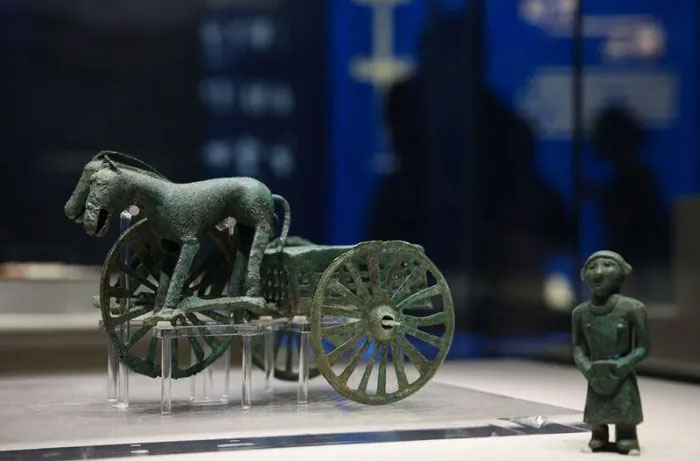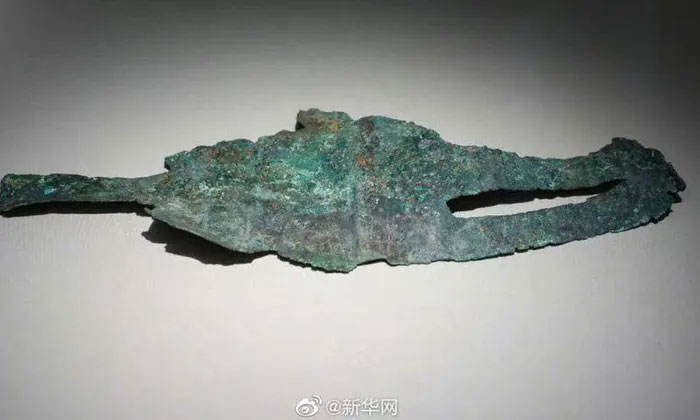Researchers have made new discoveries at the Laolongtou tomb complex in Yanbian County, Sichuan Province.

Yanbian County is part of the Liangshan Yi Autonomous Prefecture in Sichuan Province, People’s Republic of China. (Photo: Internet)
Over 1,100 tombs dating from the late Shang Dynasty (circa 1600 BC – 1046 BC) to the early Western Han Dynasty (206 BC – 8 AD) have been excavated, along with more than 5,000 other artifacts. These findings indicate a robust development of bronze culture in ancient Southwest China.
Since the start of the fourth excavation at the Laolongtou tomb complex in April 2020, Chinese archaeologists have uncovered various artifacts, including 1,700 bronze items, 2,000 pottery pieces, and 200 jade and gold artifacts. One of the most notable relics is a three-wheeled bronze chariot, recognized as the oldest three-wheeled vehicle ever found in China.

The three-wheeled bronze chariot discovered at the Laolongtou tomb complex. (Photo: Xinhua News Agency).
Additionally, archaeologists have found the oldest bronze utensils in Southwest China, along with another bronze artifact shaped like a branch, featuring a complex and imaginative design.
At an academic forum on Yanbian bronze culture, the head of the archaeological excavation at the Laolongtou tomb complex, Tian Jianbo, stated that efforts over the past three years have shown that the central region of Sichuan and Yunnan was formed during the bronze age.

Bronze artifacts discovered at the Laolongtou tomb complex. (Photo: Xinhua News Agency)
Experts have also analyzed three phases of Yanbian bronze culture, with the first phase spanning from the Shang Dynasty to the Western Zhou Dynasty (1046 BC – 771 BC), during which ritual objects were made from pottery. The second phase occurred during the Spring and Autumn period (770 BC – 467 BC), where funeral items were primarily made of bronze and stone. The final phase began from the Warring States period (475 BC – 221 BC) to the early Western Han Dynasty (206 BC – 8 AD), showcasing a distinct class differentiation in the tombs of this era.


















































